Visual Observation
Unaided eye observation of meteors is easy and a good way to learn the constellations so great for beginners.
Planning:
Use the meteor diary on this page to plan when to observe. A dark site is preferred as light polluted skies will flood out the numerous faint meteors and reduce meteor rates observed, so consider driving to a darker site.
Print off the radiant map from the BAA Meteor Section, if the meteor can be traced back to this area then it is from the shower otherwise it is a sporadic, note if you are observing before or after the predicted peak then an adjustment is needed and these can be found in the BAA handbook. Make sure you can recognise this area in the sky when you actually observe.
Equipment Check list
- Norton’s 2000.0 Star Atlas
- Report Sheets
- Watch or clock – accurate to better than 30s and corrected just before you observe (remember to log observations in UT – get in the habit of always writing ‘UT’ after the time to remove any doubt later
- Red torch
- Several soft pencils (and a sharpener)
- mp3 player with voice recorder can be useful to note anything special, start recording, do a time check in the microphone and keep recording for the whole night, regular spoken time checks will help later, this gives you a datum if you need to check your log or if you are describing the meteors and want to log these descriptions.
- Deck chair, there is nothing worse that standing up all night with your head back, sit laid back in a nice deck chair.
- Warm Clothing – and a blanket (don’t nod off though!)
- Food and a flash of hot drink.
- A stick about 600mm in length, to help trace back the meteor.
- Clip board
Observing tips:
- Patience. You might face long intervals between meteors (or clouds – remember to note if it is cloudy).
- Concentration. Faint meteors are observed not just ‘seen’, they are easy to miss if you don’t concentrate. If you are tired, cold, or nodding off, stop observing, take a break and have some coffee. It is better to report good observations for a shorter period than a long period where you weren’t really concentrating.
- Accuracy. Eyesight and perception vary amongst observers, only report your observations not those that you hear from other observers but didn’t actually see, it isn’t a competition, you are aiming for a true record of what you observed.
Observing
Once at the site, use the time that you spend getting dark adapted to record your name, address, and observing site (including latitude and longitude), and date on a few report sheets.. Note the sky conditions, mentioning whether any cloud, moonlight, fog or mist is present. Once you are fully dark-adapted, estimate the magnitude, to the nearest 0.25 mag, of the faintest star you can see in the area of sky being watched (not the zenith). Now you are ready to begin the meteor watch.
Write down the start time of the watch in UT to the nearest minute and using 24hr clock notation. Record the date in the double date format i.e. 2009/08/12-13 (night of the 12th, morning of the 13), this reduces confusion later.
Solo observers should watch the sky 50 degrees above the horizon (about the same altitude as the pole star in the UK), and 30-40 degrees to one side of the shower radiant expected to be active on the night in question this is the best place to see meteors.
As each meteor appears, note whether it was a shower member or a random sporadic, estimate how bright it was, and give its time of appearance to the nearest minute in UT.
Shower or sporadic meteor?
Project the path of the meteor backwards (a stick helps), If the projected path intersects the 8-degree radiant circle, the meteor is a shower member. Otherwise it is a sporadic.
Magnitude
Estimate meteor magnitudes by comparison with nearby stars. Only a rough estimate is necessary ( nearest magnitude). The following comparisons might be useful.
-12.5 Full Moon
-4 Venus
-2 Jupiter
-1 Sirius, Capella, Rigel, Arcturus
+1 Regulus, Spica, Pollux
+2 Belt stars of Orion, Beta Aurigae, Gamma Geminorum, Pointers of Plough, Polaris
+3 Delta Ursae Majoris, Gamma and Delta Leonis, Epsilon Geminorum
+4 Eta Persei, Delta Aurigae, Rho Leonis
+5 Faintest meteors generally visible to naked eye
Time
Note the time of the meteor
Description
Once you have the type, magnitude and time of the meteor noted you can record you description, for example..
• Did it explode?
• Did it have an intense colour?
• Did it have a long-duration persistent train?
Reporting:
Please submit your observations to the BAA Meteor Section as soon as possible after you have made them and to the Society at the next society night.
At the end of the watch, note the time to the nearest minute. Then you can stop, or have a break and start another watch later. Ideally, watches should last for an hour, or multiples of an hour, at a time. Monitor the sky conditions during each watch, as these may change.
Automated Observation:
Meteor Camera:
We operate an automated meteor camera at the pavilion, this camera and our meteor group are open to any members interested in helping reduce the results.
Radio Meteors:
If you are interested in observing meteors with radio please check out these pages.
|
|
No Results Found
The page you requested could not be found. Try refining your search, or use the navigation above to locate the post.
Slideshow
Other Images
Sun | Comets | Mercury | Venus | Atmospheric Optics | Meteors | Auroa and NLC | Moon | Minor Planets | Mars | Jupiter | Saturn | Uranus | Neptune | Messier | Caldwell | All Deep Sky | Conjunctions | Transits | Solar Eclipse | Lunar Eclipse | Wide Field |ISS & Space Junk | Exo-Planets
All images are copyright. Permission must be sought to from the image owner to the use of any of these images.


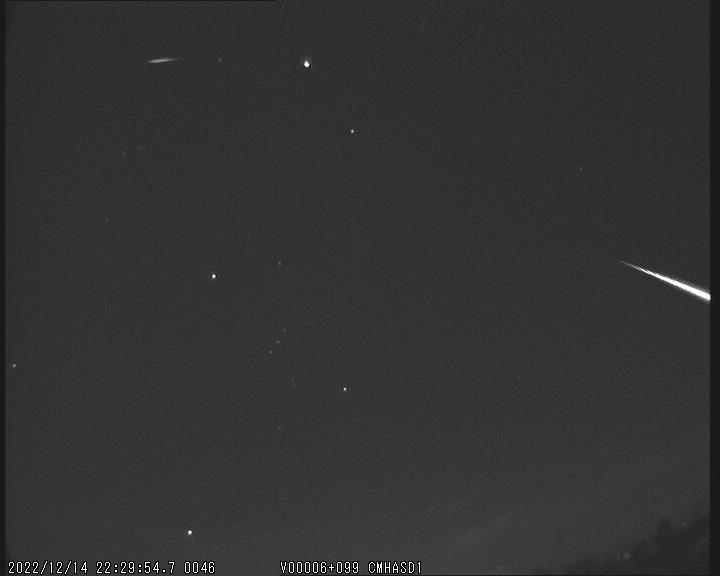

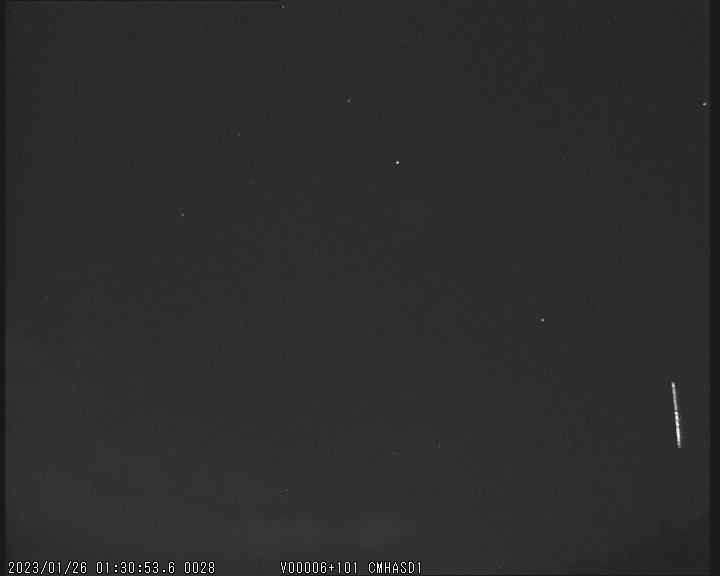



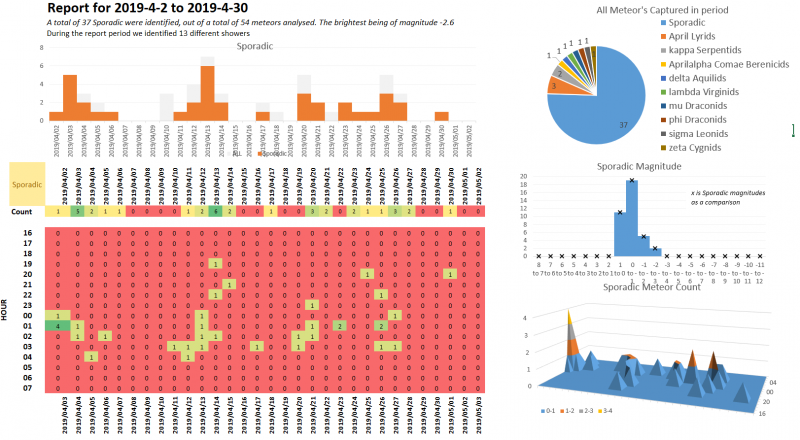
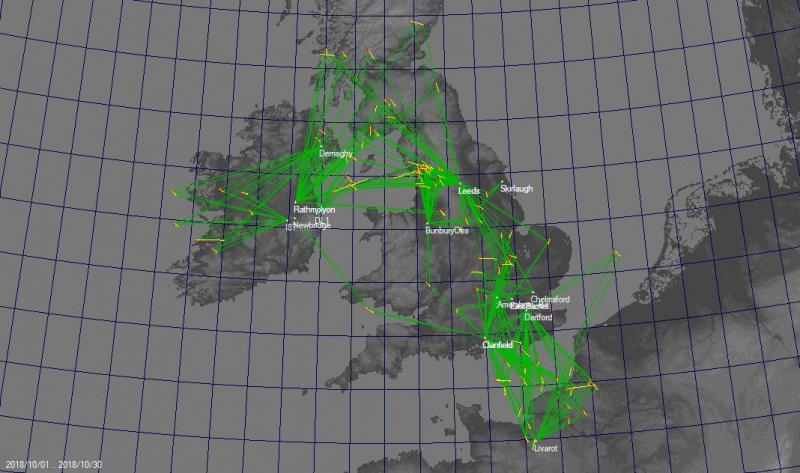
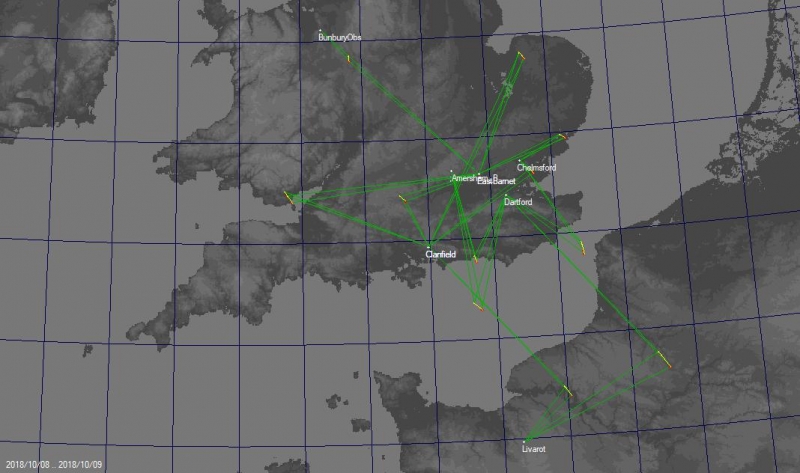

![11 Meteors were observed by others in the Nematode group resulting in these orbits Perseid orbits 2018[3450]](https://crayfordmanorastro.com/wp-content/gallery/meteor/Perseid-orbits-20183450.png)
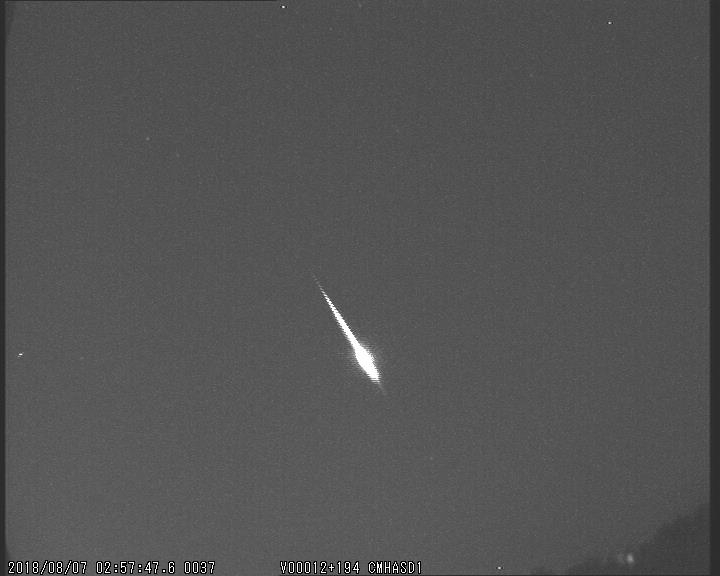
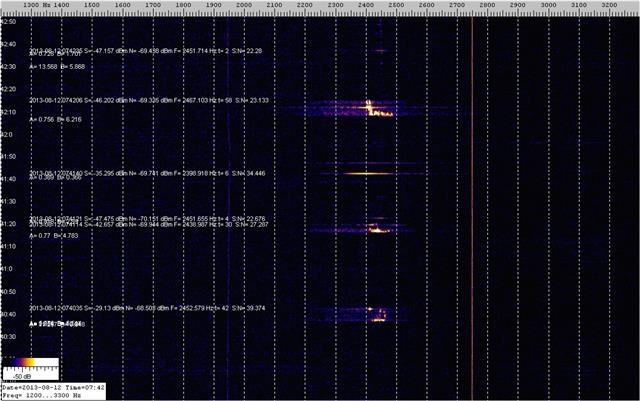

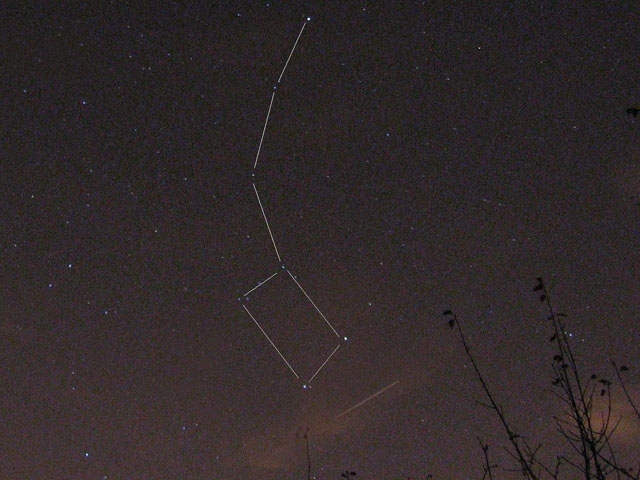

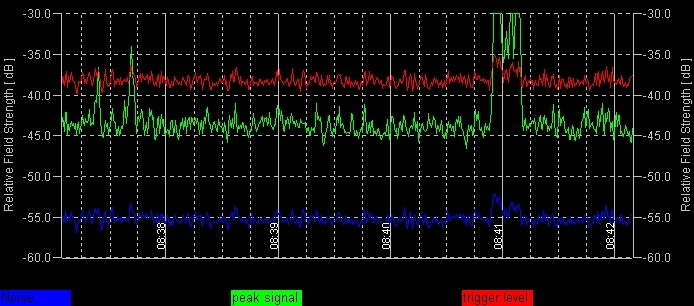

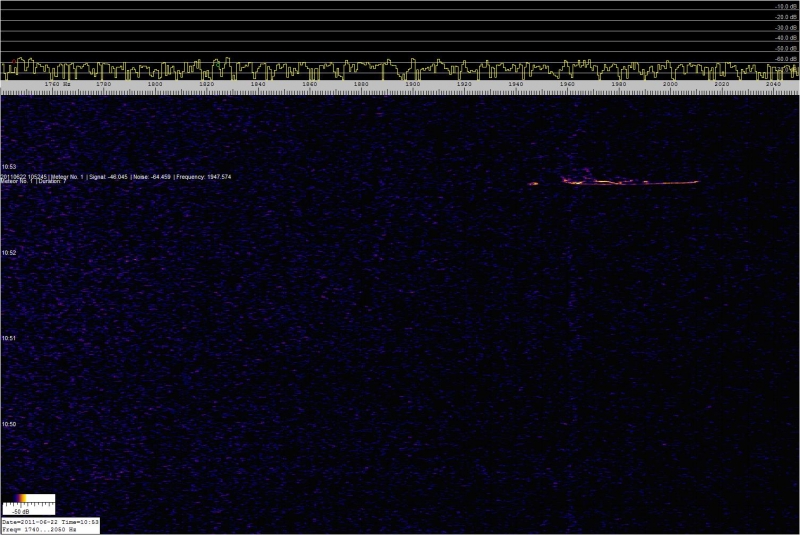


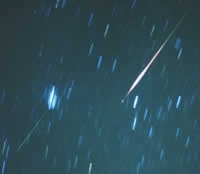
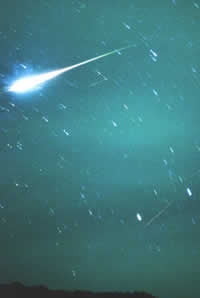

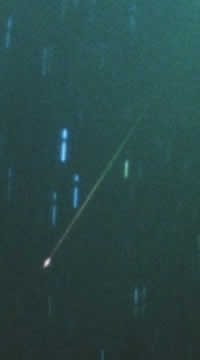
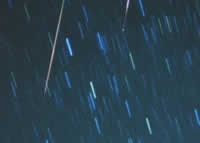
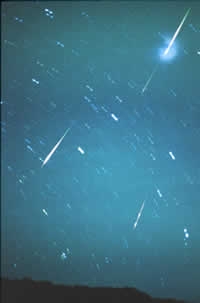


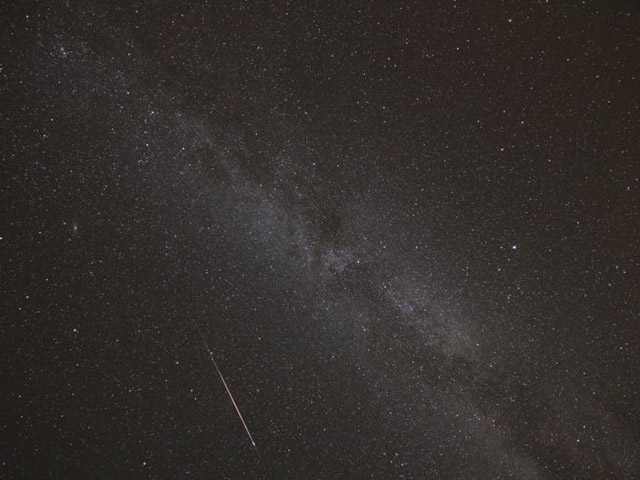
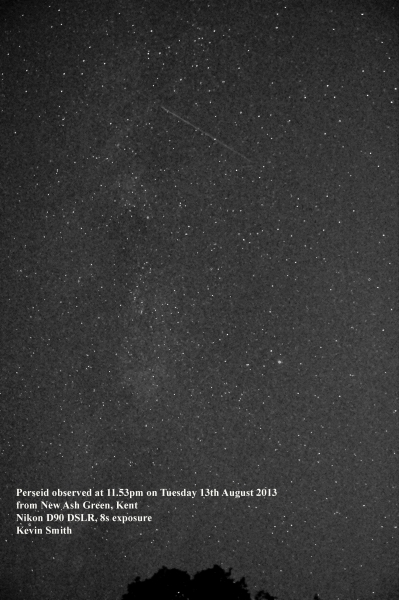


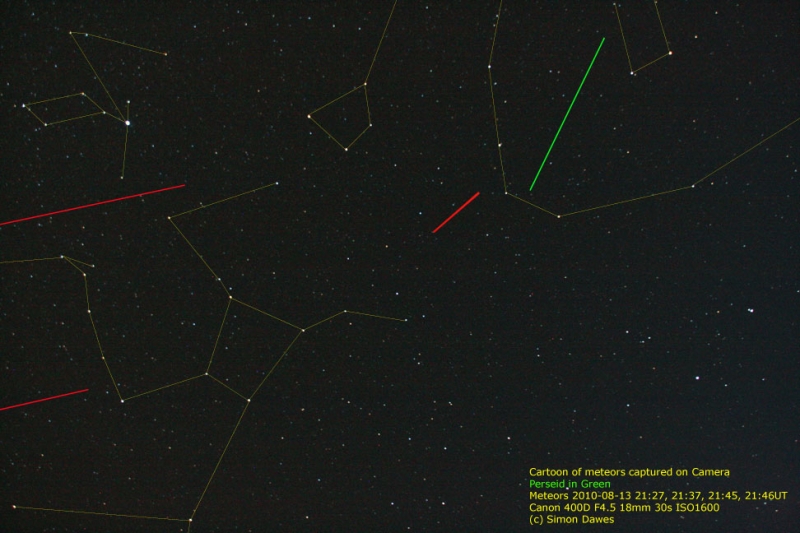
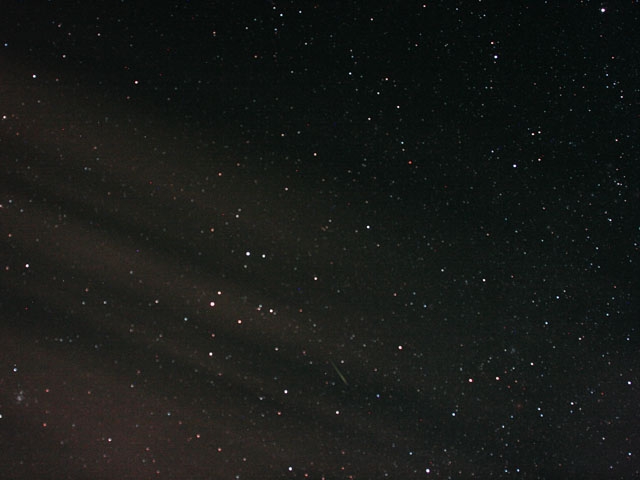

Main Meteor Showers
(link to dedicated page)
(link to radiant map)